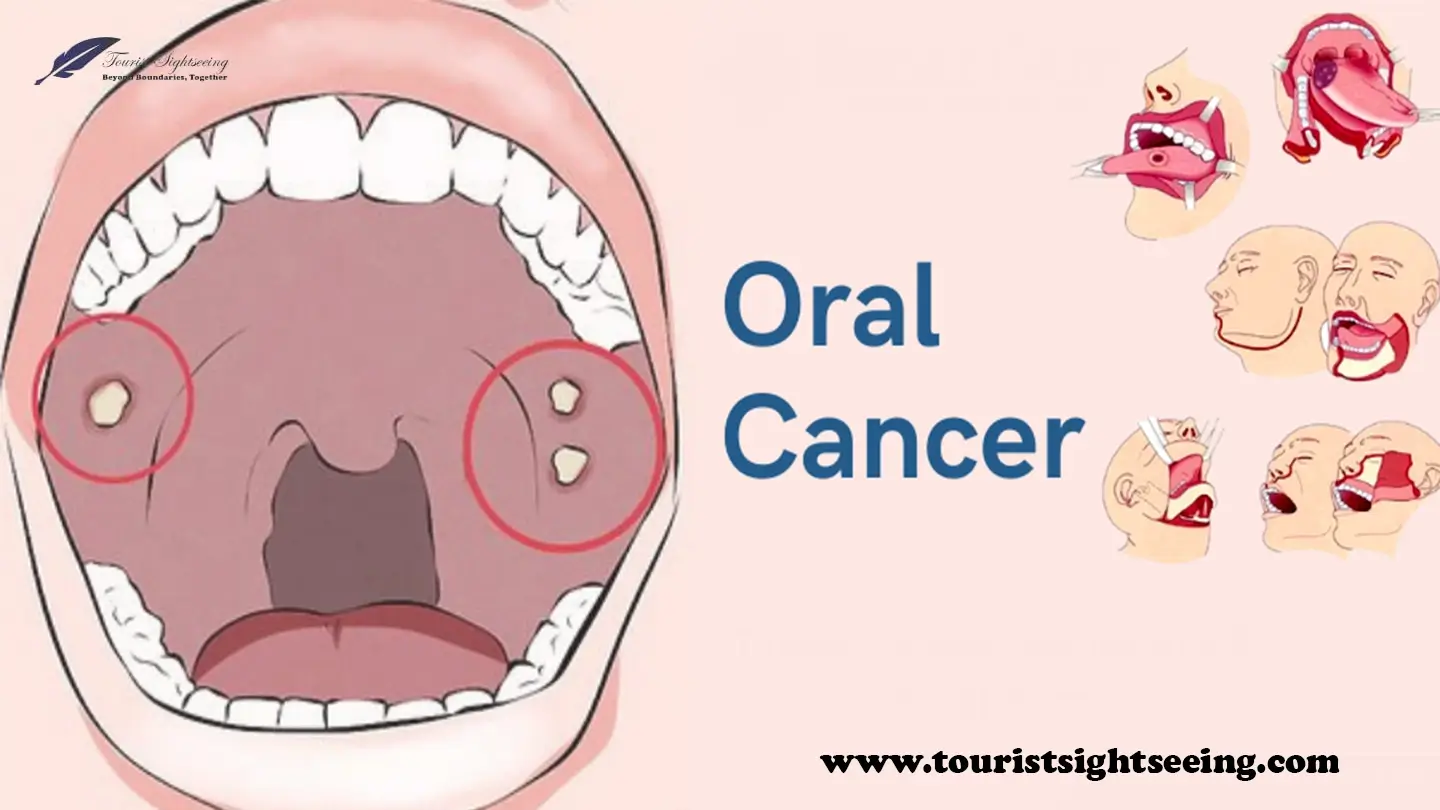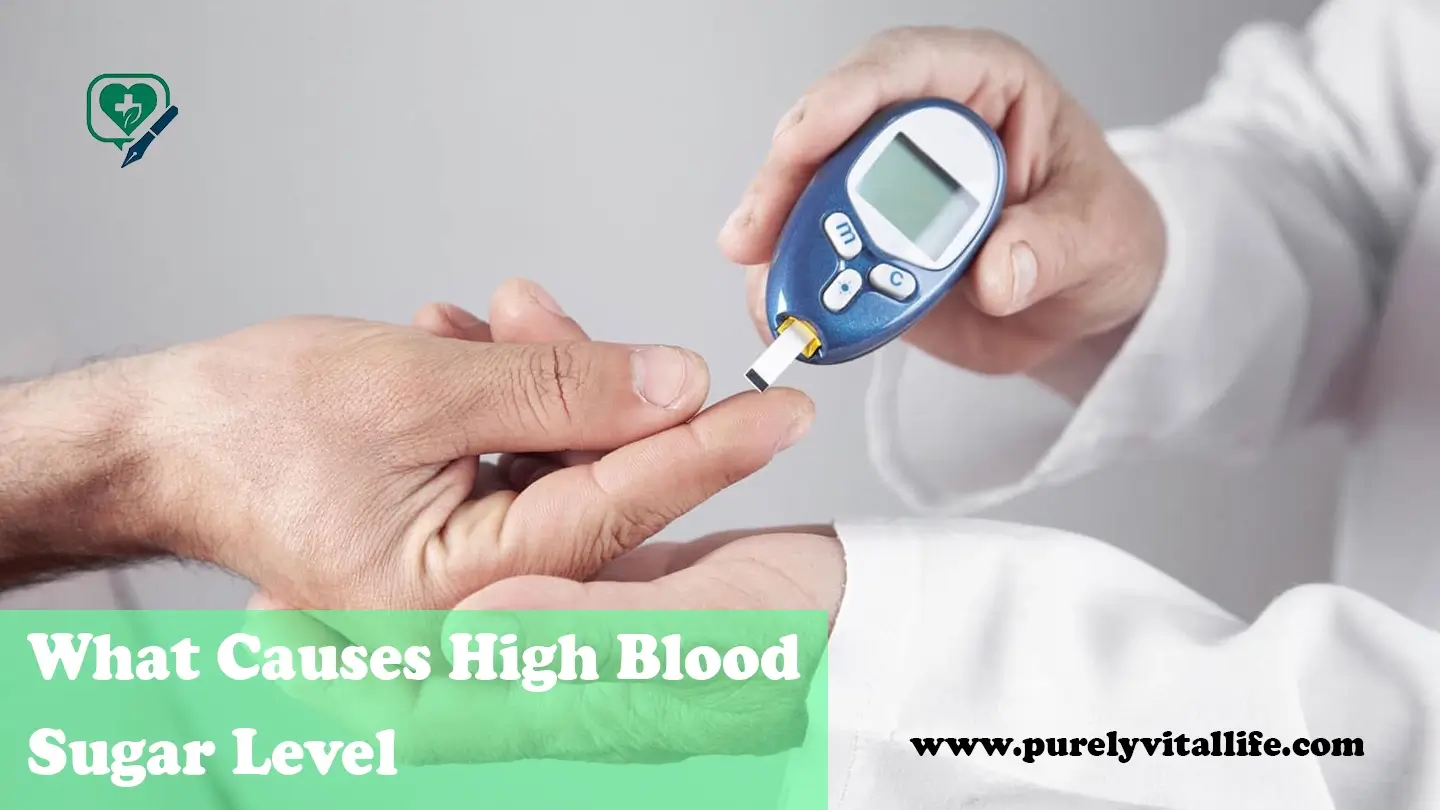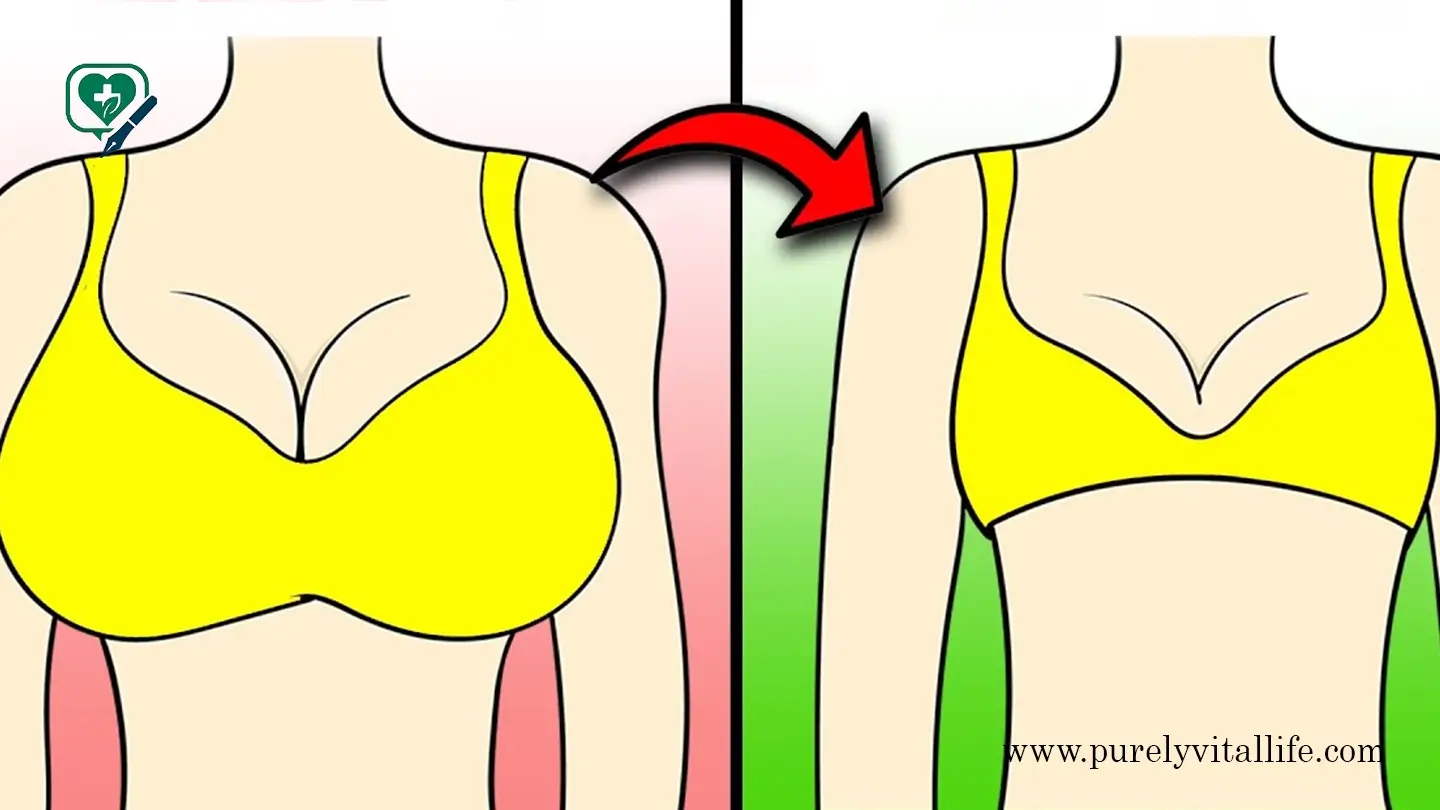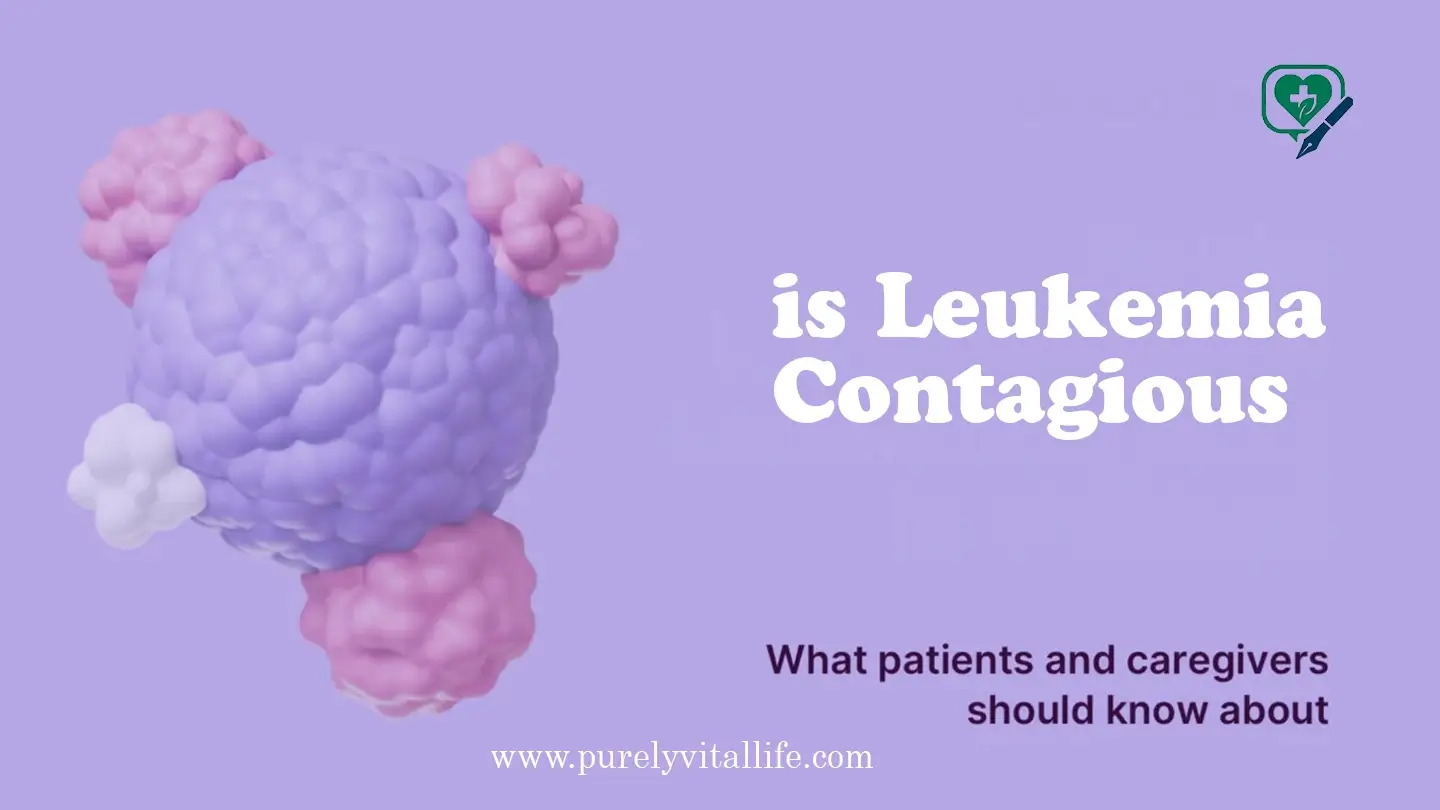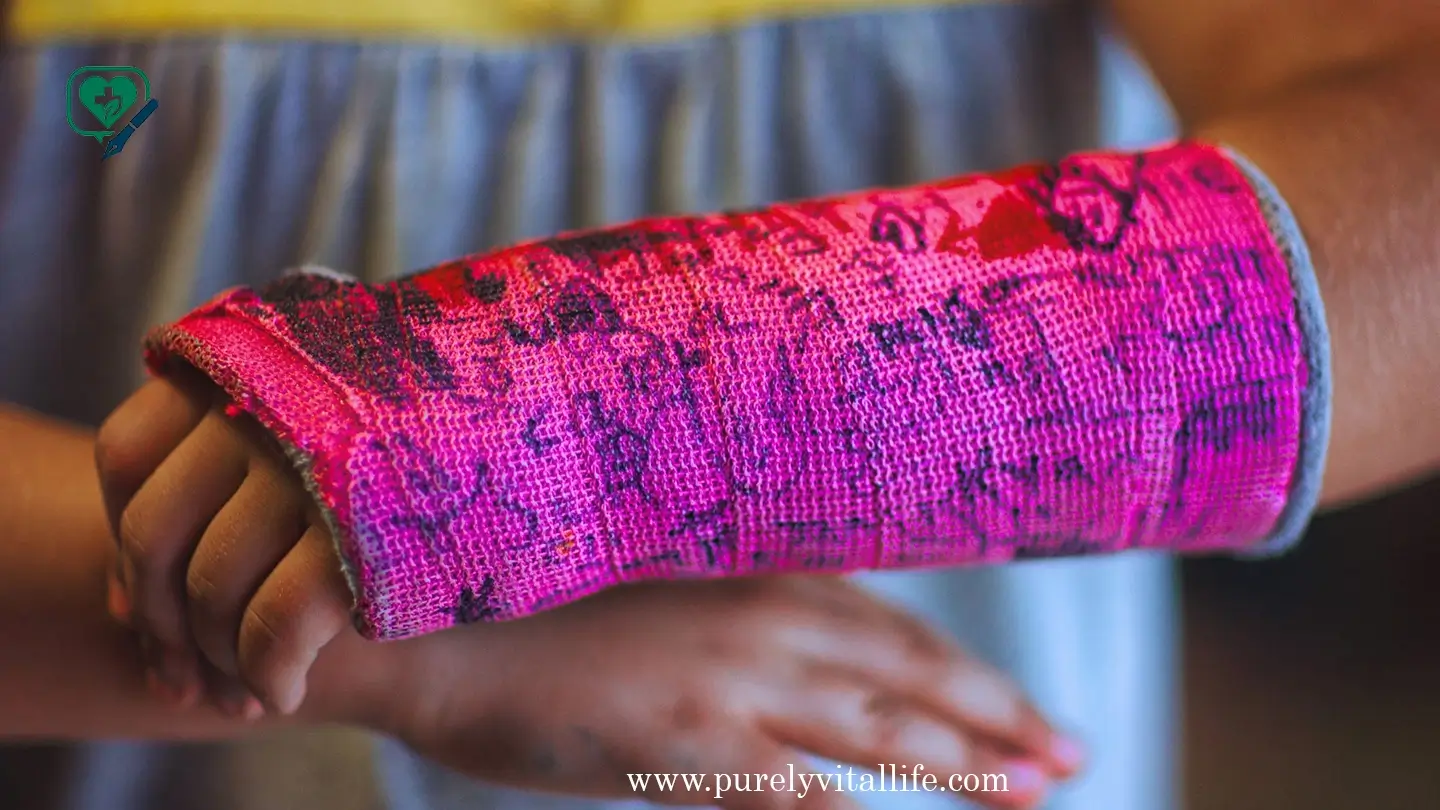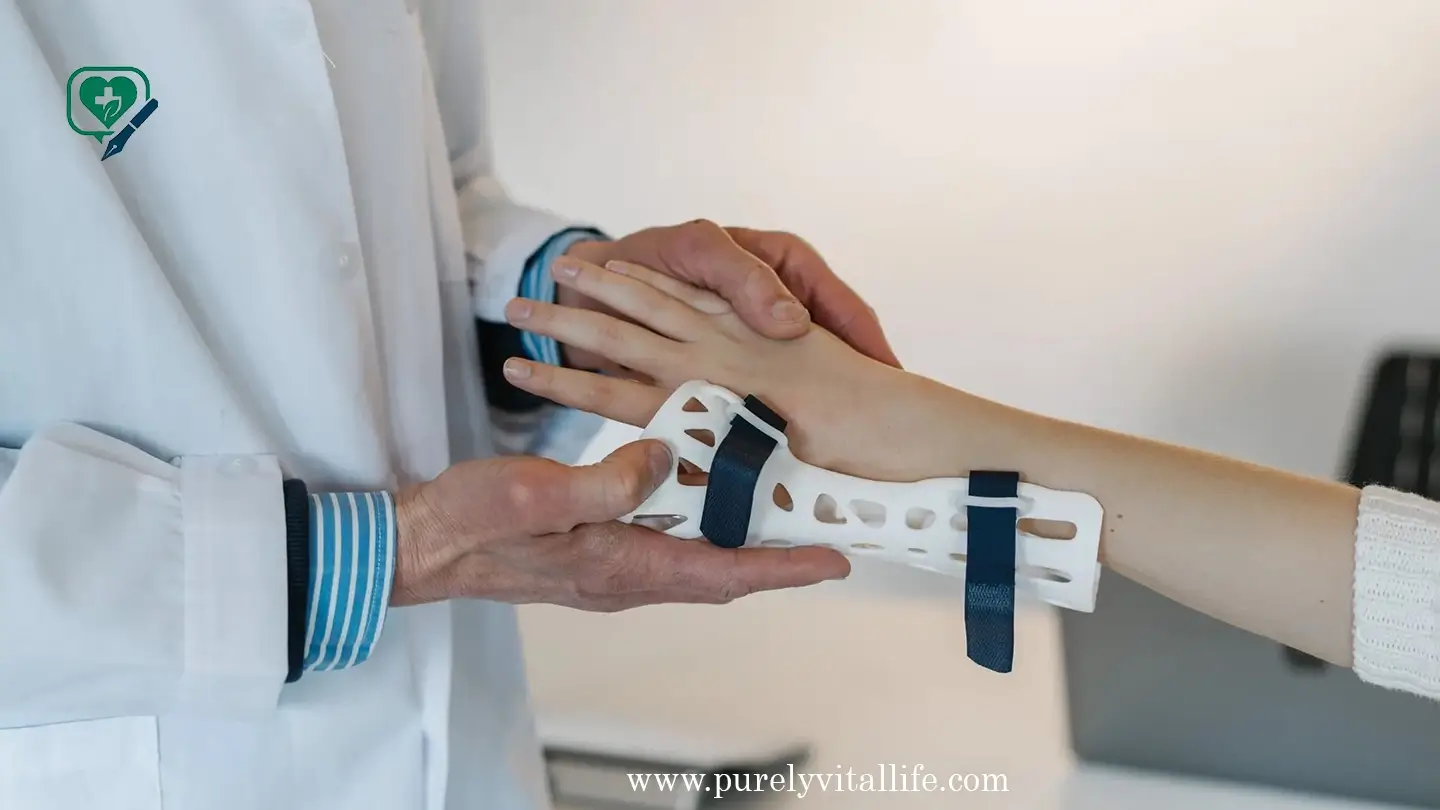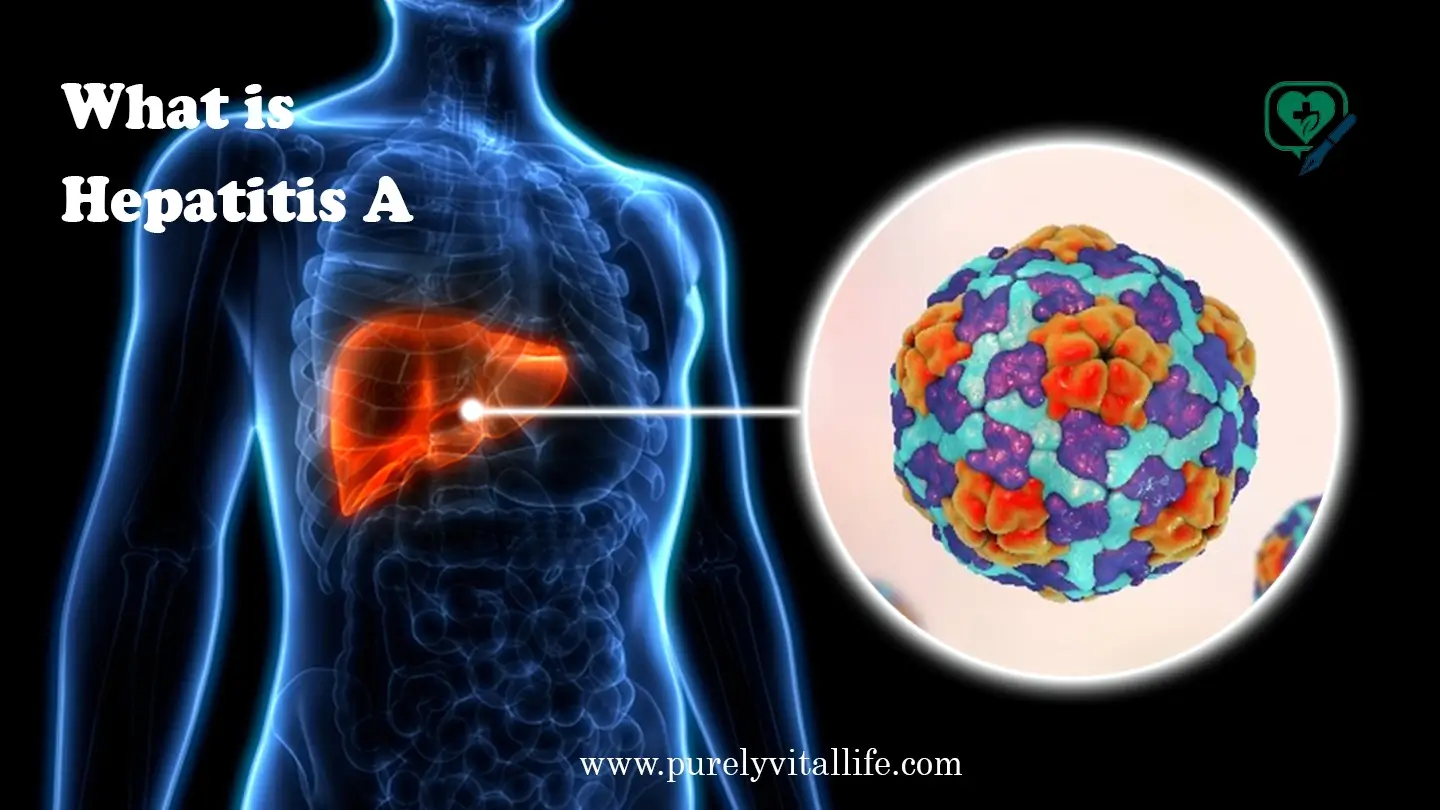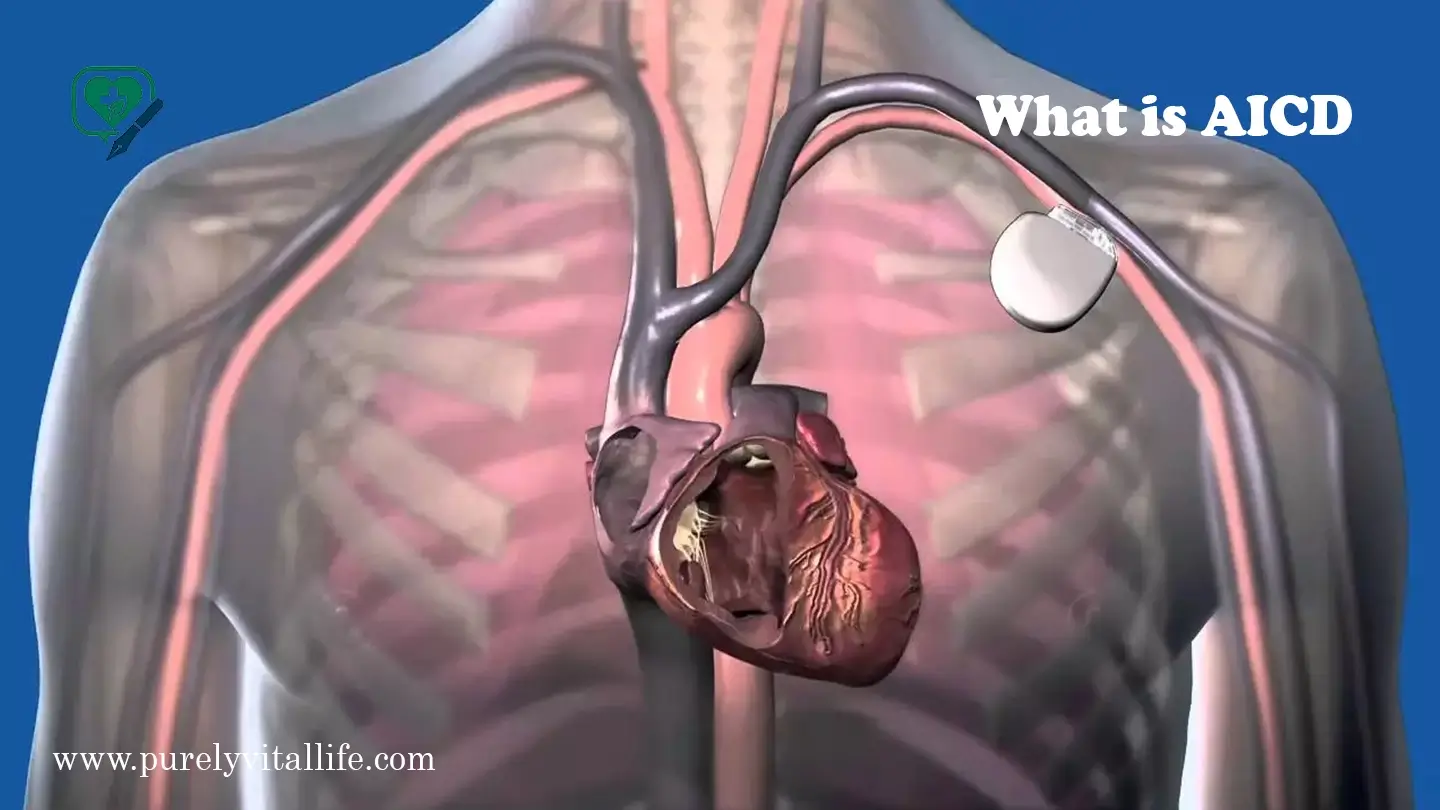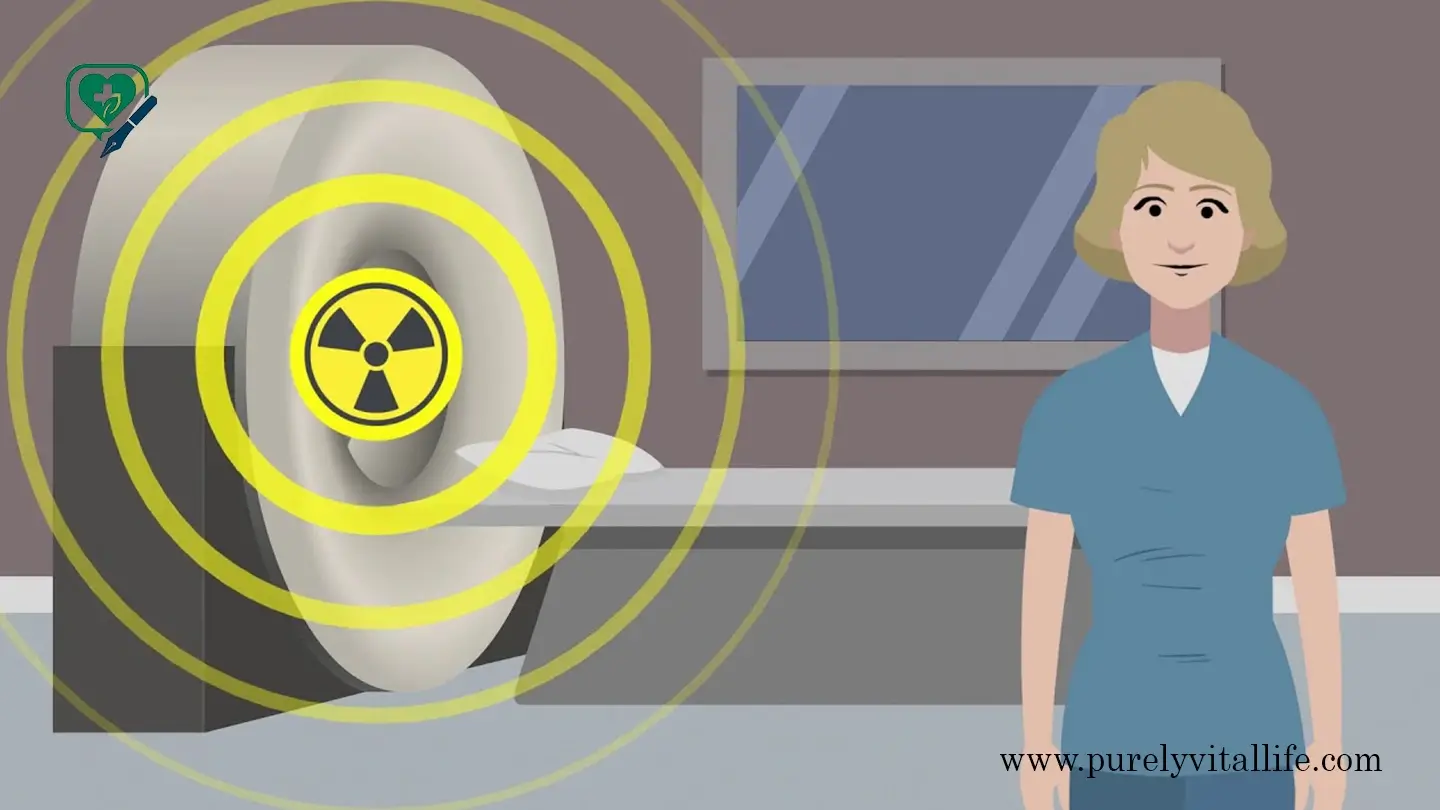
Introduction to Radiation Exposure:
Radiation exposure is a growing concern in today’s world, especially with increasing reliance on technology, medical imaging, and environmental factors. On Purely Vital Life, we believe in providing our readers with accurate, helpful health information. In this article, we’ll dive deep into radiation exposure, including its risks, symptoms, and how you can protect yourself and your loved ones.
What Is Radiation Exposure?
This medical term refers to the process of being exposed to ionizing radiation, which is energy emitted from radioactive substances. This radiation can come from both natural sources—like the sun and radon gas—and man-made sources such as medical X-rays, nuclear energy, and industrial equipment.
There are two main types of radiation:
- Ionizing Radiation – Harmful in high doses. Includes X-rays, gamma rays, and particles from radioactive decay.
- Non-Ionizing Radiation – Generally considered less harmful. Includes microwaves, radio waves, and visible light.
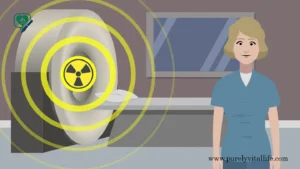
Sources of Radiation Exposure:
Understanding where radiation comes from is key to minimizing its effects. The most common sources of radiation include:
Natural Sources:
- Sunlight (cosmic radiation)
- Radon gas from the earth’s crust
- Minerals in soil and rocks
Medical Procedures:
- X-rays and CT scans
- Radiation therapy for cancer treatment
- Nuclear medicine imaging
Occupational Exposure:
- Workers in nuclear plants, radiology departments, or aviation
Environmental and Accidental Exposure
- Nuclear power plant accidents
- Improper disposal of radioactive waste
- Atomic bomb testing sites

Radiation Exposure Risks and Long-Term Health Effects:
Prolonged or high-dose radiations can cause damage at the cellular level, potentially leading to serious health conditions. Here are some of the main risks:
Cancer:
Radiation exposure has the ability to alter cellular DNA, leading to mutations and unchecked cell division – two hallmarks of cancer. Exposure, even at lower doses, over an extended period increases your risk for various forms of cancer such as leukemia, thyroid cancer, breast cancer and more. Medical imaging and radiation therapy treatments are common sources of radiation while occupational or accidental exposure poses an even higher threat.
Organ Damage:
Radiation exposure can have serious repercussions for internal organs with rapidly dividing cells such as the digestive tract and bone marrow, such as inflammation, reduced functionality or even complete failure depending on dose. Lungs, heart and kidneys are especially vulnerable to long-term radiation effects and damage may not become evident immediately but develop gradually, often going unnoticed until damage becomes severe.
Genetic Mutations:
Exposure to ionizing radiation can result in genetic mutations that will not only impact those exposed, but may also have long-term ramifications on their offspring and descendants. Such mutations could alter DNA structure and lead to congenital disabilities or heritable diseases in offspring; such mutations could remain dormant for generations before finally manifesting in response to certain environmental or biological stimuli – therefore, limiting radiation exposure is particularly essential when planning on having children in the near future.

Radiation Sickness:
This condition, also known as acute radiation syndrome, occurs when someone is exposed to high doses of radiation over a short time frame. Symptoms may include nausea, vomiting, dizziness and extreme fatigue; severe cases may even lead to internal organ damage and lead to death if untreated immediately. It’s commonly linked with nuclear accidents or medical overdoses.
Radiation Exposure Symptoms to Watch For:
Not all symptoms appear immediately, but some signs of excessive radiation exposure include:
- Nausea and vomiting
- Weakness and fatigue
- Skin burns or rashes
- Hair loss
- Low blood pressure
- Confusion or dizziness
- Internal bleeding in extreme cases
If you suspect radiation sickness, immediate medical attention is essential.
How to Prevent Radiation Exposure (PDF):
There are many ways to reduce your risk of radiation exposure in daily life. Below are practical strategies recommended by Purely Vital Life:
Limit Medical Imaging:
Medical imaging such as X-rays and CT scans can be useful tools in diagnosing conditions, but using them too frequently can increase radiation exposure unnecessarily. Always speak to your physician to discuss whether medical imaging is truly necessary versus other, non-radiation-based approaches that might work better such as ultrasound or MRI which provide similar results without exposure. Furthermore, keeping track of past scans may help minimize unnecessary repeat scans.
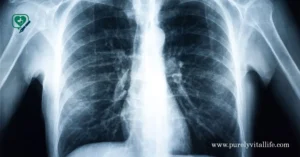
Wear Protective Gear:
Healthcare workers, radiologists and technicians should always use protective gear such as lead aprons, thyroid shields and radiation badges when working around radiation sources. These tools help monitor exposure over the course of their careers while patients undergoing multiple scans may request shielding when necessary; safety protocols must always be observed wherever radiation exposure exists.
Improve Indoor Ventilation:
Radon gas is an important source of natural radiation and may build up in homes without adequate ventilation, particularly basements. Installing proper ventilation systems can significantly lower radon levels in your home; you can purchase or hire a professional to assess it as well. Sealing cracks in floors and walls is another simple but effective method of stopping seepage of this gas into the atmosphere.
Stay Informed of Local Hazards:
Individuals living near nuclear power plants or industrial facilities should remain informed on radiation safety guidelines and emergency protocols, which governments and municipalities often offer through public awareness campaigns or online resources. It’s also wise to know evacuation routes ahead of time in case an accidental radiation leak should occur – subscribe to local alert systems for real-time updates!
Maintain Distance and Reduce Exposure:
Radiation exposure diminishes dramatically with distance and time, so the further you are from a radiation source and shorter the exposure duration, the safer you are. Even standing just a few feet away can dramatically lower exposure during a medical scan – these three fundamental principles of radiation safety–time, distance, and shielding–are at the core of any viable radiation safety strategy.
Consume Antioxidant-Rich Foods:
Antioxidants help neutralize free radicals caused by radiation exposure. Eating foods rich in vitamins C and E such as oranges, spinach, almonds and green tea is known to assist cellular repair; other studies suggest selenium and beta-carotene could offer additional protection as well. Though diet alone cannot fully mitigate radiation damage’s harmful effects on our bodies, diet still plays a vital part in mitigating them.
Utilize Sunscreen and Protective Clothing:
The ultraviolet (UV) radiation from sunlight is an underrated source of exposure, yet too often underestimated. Applying high SPF-rated sunscreens, wearing long-sleeved clothing with long sleeves, wearing sunglasses and hats provide extra protection from UV radiation exposure, and reapplying it every two hours is highly advised, particularly during outdoor activities.
Radiation Exposure in Everyday Life: What’s Normal?
On average, people are exposed to around 3 millisieverts (mSv) of radiation annually from natural and man-made sources. This level is considered safe. For reference:
- A dental X-ray: ~0.005 mSv
- Chest X-ray: ~0.1 mSv
- CT scan of the abdomen: ~10 mSv
- Long-haul flight: ~0.03-0.05 mSv
Understanding these values helps keep your total exposure within safe limits.
Who Is Most at Risk of Radiation Exposure?
Certain groups are more vulnerable to the effects of radiation:
- Children and infants (rapid cell growth)
- Pregnant women
- Radiation workers (e.g., radiologists, nuclear plant workers)
- Cancer patients undergoing treatment
- Residents near nuclear plants or mining sites
Emergency Situations: What to Do During a Radiation Leak
If there’s a radiation emergency:
- Get Inside – Seek shelter indoors immediately.
- Stay Inside – Close all doors, windows, and vents.
- Shower and Change Clothes – Wash thoroughly to remove radioactive particles.
- Stay Tuned – Follow government alerts and instructions via radio or official apps.
When to Seek Medical Help:
If you experience persistent symptoms like nausea, vomiting, skin changes, or unexplained fatigue after known exposure, consult a healthcare professional immediately. Early detection and treatment can prevent serious health consequences from radiation exposure.
Final Thoughts: Stay Safe with Awareness
Radiation exposure is an invisible threat, but with proper awareness and protective measures, you can significantly reduce your risk. At Purely Vital Life, we encourage conscious living and informed decision-making when it comes to your health and safety.


